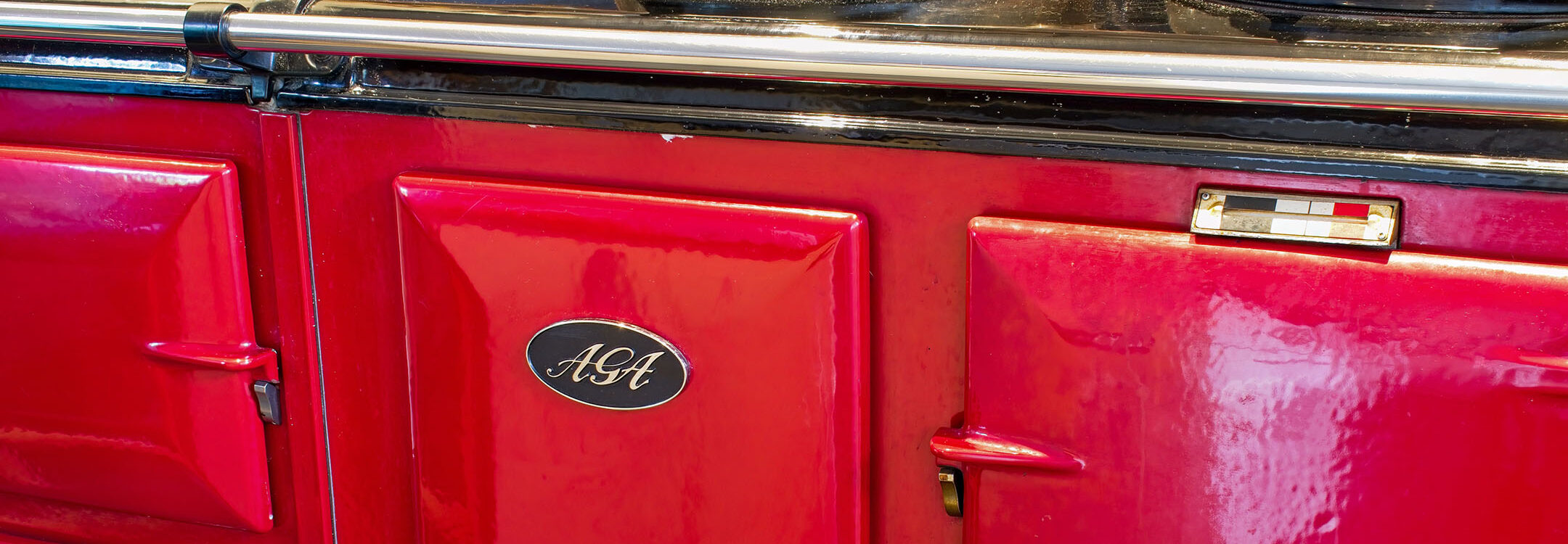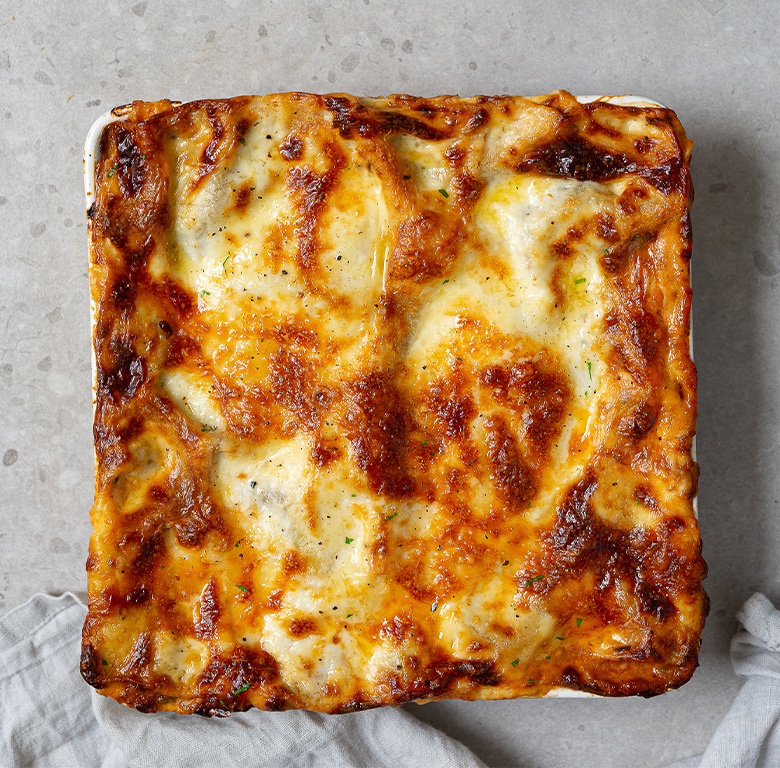AGA need-to-know
• The AGA was invented in 1939 by Gustaf Dalen, a Nobel Prize-winning scientist, to make cooking easier for his wife.
• The AGA’s heavy iron castings absorb and retain heat, meaning that food is cooked by radiant heat, not heated air as in most ovens. As a result, the food retains more moisture and flavour.
• An AGA combines two large hotplates and a minimum of two ovens.
• These days, fuel options include kerosene, diesel, biofuel, gas or electricity.
• Cooking with an AGA is very different to using a conventional oven. Instead of adjusting the temperature of the range, you move food from oven to oven, depending on the cooking temperature required. The two hobs on top of the cooker are large and will accommodate several pans at a time. One is very hot, used for boiling or searing, while the other is used for cooking at lower temperatures. With an AGA, the best method is usually to brown or cook a dish on the hob, but finish cooking in one of the ovens.
The pros of owning an AGA
• An AGA stove cooks evenly and slowly, producing truly delicious meals that retain plenty of moisture. They’re ideal for slow-cooking and excellent for baking.
• Because it’s always on, it’s always ready for use.
• Not only does an AGA warm your kitchen, it can heat your whole house. Modern AGAs have controllable features to improve energy consumption.
• You can only roast or bake a couple of things at a time in a conventional oven, but with an AGA you have the room to cook many dishes simultaneously. Once you’ve got used to this, using a conventional oven can feel quite limiting.
• An AGA becomes the heart of your kitchen and home, always warm and welcoming.
• You can also use an AGA for drying clothes – and you’ll never have to iron, as folding wet clothes and putting them on the oven to dry will make them appear perfectly ironed.
• The AGA is known for its longevity; it’s not unusual for an AGA to still be operating after 50 years.
• From a purely aesthetic perspective, an AGA looks beautiful and can be the luxurious statement piece you want for your kitchen.
The cons of owning an AGA
• Unless you grew up with an AGA stove, it will take some getting used to. Conventional ovens tend to be a simpler option for the novice cook and most recipe cooking times are based on those for a conventional oven.
• An AGA uses far more energy to run than a conventional oven and, because an AGA is on all the time, your bills are likely to increase. (The pay-off is that it can provide heat for your home.)
• Having it on during really hot weather doesn’t make sense, so if you live in an area where summer temperatures are high, you may need a conventional oven in addition to your AGA so that you can turn the AGA off during the hotter months.
• AGA ovens are very expensive to purchase in comparison to conventional ovens.






You have to be signed in to comment this post.